10 “Luxury” Items Boomers Saved For That Are Now Totally Worthless
What people consider “luxury” has undergone significant changes over time. For many Baby Boomers, the idea of luxury included what felt important, grown-up, or worthy of saving up for. It also came with the thrill of saving for something nice, displaying it proudly, or thinking it might one day be passed down to someone else.
But trends, technology, and tastes shifted fast. Things once treated like treasures are now nearly impossible to sell. Here’s a look at the once-coveted possessions that lost their appeal in just one generation.
Collector Plates
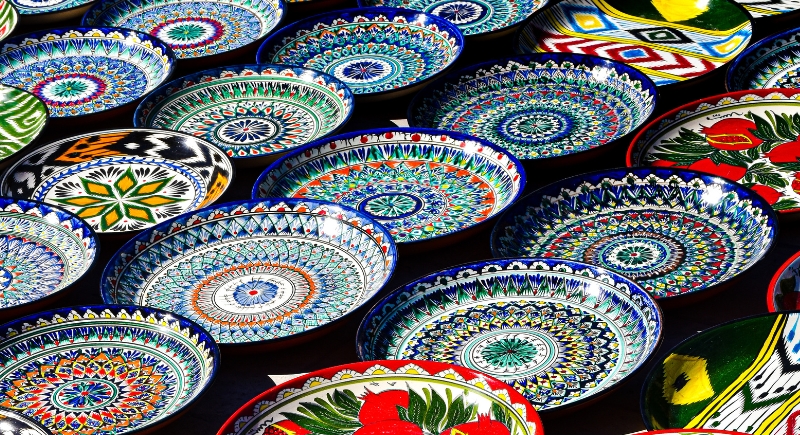
Credit: pexels
Franklin Mint and Bradford Exchange sold limited-edition decorative plates marketed as collectibles. Despite original prices ranging from $25 to $75 per plate, most now sell for under $10 or not at all. The plates were mass-produced, and demand among younger collectors is almost nonexistent.
Figurines
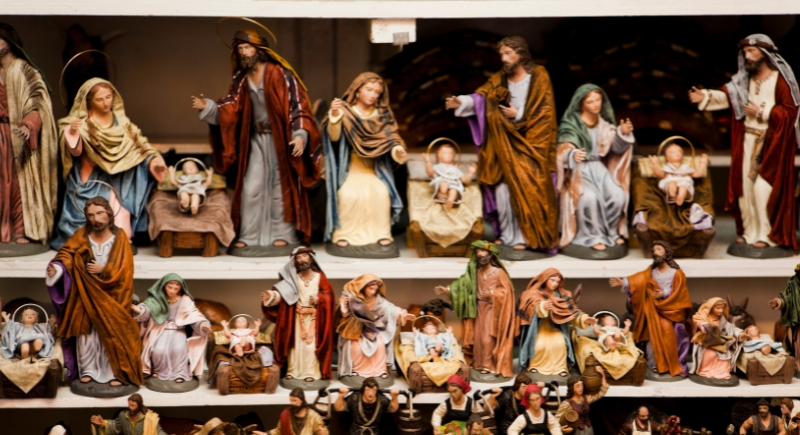
Credit: Getty Images
Precious Moments, Hummel, and similar porcelain figurines were popular gifts and collectibles from the 1970s to the early 2000s. They stood in curio cabinets, untouched and admired. Now, even mint-condition ones go for $5 to $20. Buyers under 40 rarely want them, and thrift stores see more donations than sales.
China Cabinets and Formal Dishes
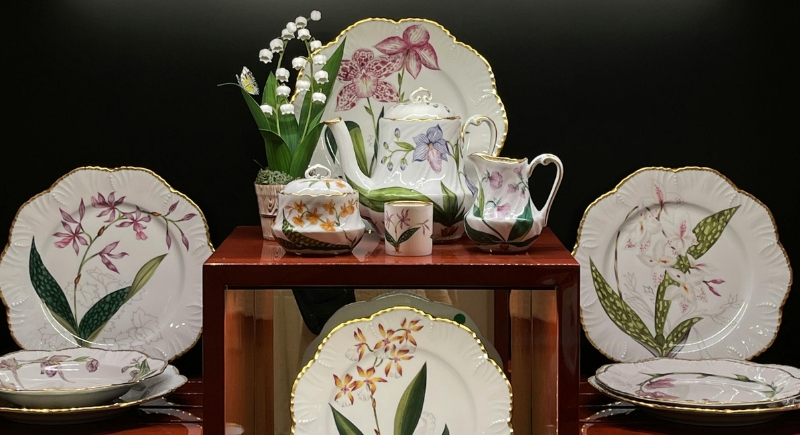
Credit: pexels
For decades, the china cabinet was a must-have for newlyweds. Today, they’re too bulky and out of place in smaller homes. It held formal dishware for holidays that rarely happened. Complete sets often sell for less than $100, if anyone buys them at all. Many just give them away.
DVD and VHS Libraries

Credit: pexels
In the 1980s and 1990s, Baby Boomers invested in physical media collections. Boxed sets, collector’s editions, and shelves of VHS tapes were once thought to be brilliant long-term investments in entertainment. But tape degrades, and DVD players are nearly obsolete. Most DVDs sell for $1 or less. VHS tapes often can’t be sold at all unless they’re sealed or extremely rare.
Porcelain Dolls

Credit: Getty Images
Porcelain dolls were perceived as something special and were displayed like museum pieces. But their market fizzled. Many are mass-produced, and today’s buyers either aren’t interested or find them a little creepy. Prices for most dolls hover under $15, and listings often go unanswered for months.
Baseball Cards
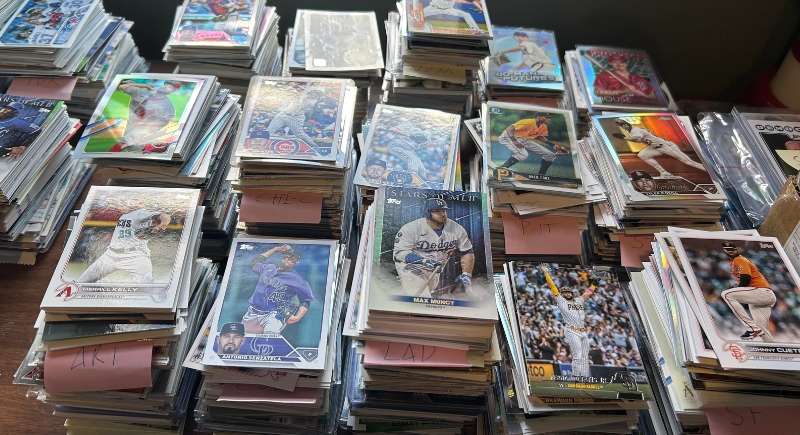
Credit: Reddit
Boomers who collected cards during the overproduction era (mid-1980s to early 1990s) saw their investments collapse. Millions of identical cards were printed, and made most of them worth pennies. Only rare cards in mint condition, such as rookie cards of Hall of Famers, carry any significant value today.
Entertainment Centers

Credit: Getty Images
Before wall-mounted flat screens and soundbars, these units were built around big-box TVs and stereo components. They cost a small fortune then, but now they don’t fit modern gear and are too heavy to move easily. Many are offered free online, with no takers.
Model Trains

Credit: Wikimedia Commons
Lionel and similar train sets appealed to Boomer hobbyists, but the market has contracted. Only rare models in original packaging sell for decent prices. Standard or incomplete sets are hard to move, and collectors today tend to be niche hobbyists rather than broad consumer groups.
Encyclopedias
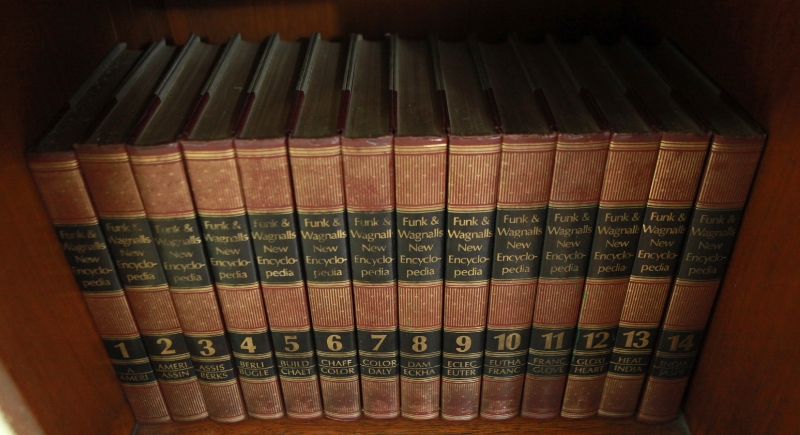
Credit: Canva
Boomers who bought complete encyclopedia sets often paid hundreds of dollars. Now, most libraries and donation centers reject them. Online sources, such as Wikipedia and digital databases, have largely replaced print encyclopedias. Many end up being recycled or discarded.
Beanie Babies
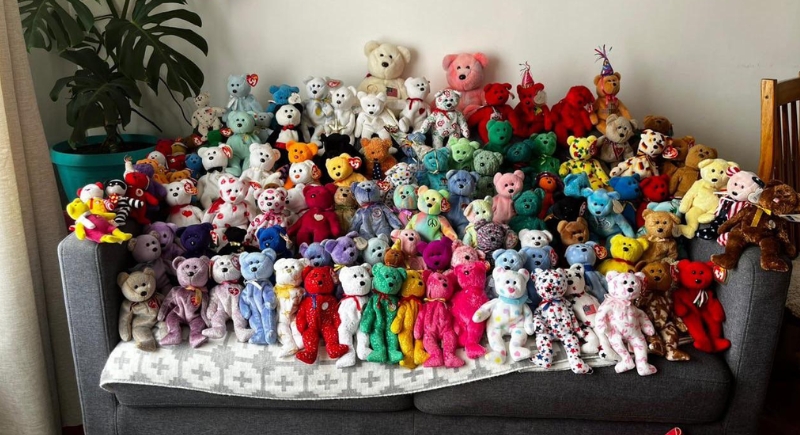
Credit: Reddit
In the 1990s, Beanie Babies inspired wild predictions about future value. That future never arrived. Bulk lots of common Beanie Babies typically sell for very low prices, and smaller collections often fetch under $50, even when they include dozens of pieces.